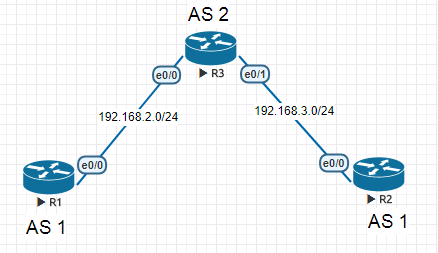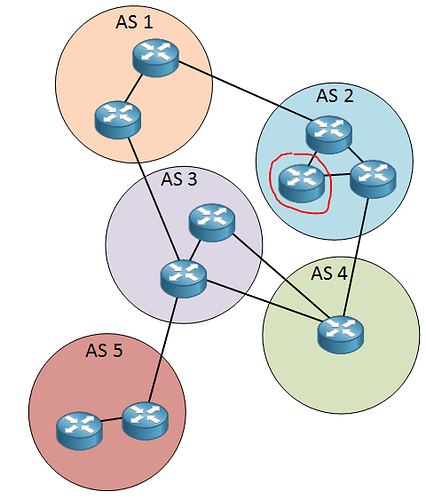Hello Sims
A RIB failure will occur if a route is learned via BGP, and that route already exists in the local routing table learned from a source with a lower AD. In other words, if BGP advertises the 5.5.5.0/24 prefix to RouterA, but RouterA already has a route to this destination in its routing table with a lower AD, BGP marks the route with a RIB failure designation. More info on this can be found at the following Cisco documentation:
Now in this scenario, would the AD value of OSPF cause such a RIB failure? Well, iBGP has a default AD of 200, OSPF a default AD of 110 and eBGP a default AD of 20. Static routes have an AD of 1 and directly connected routes an AD of 0.
In the topology described in the lesson, the routes as they are learned via OSPF and via BGP are never in conflict. OSPF is only running on R2, R3, and R4, and the routes learned via OSPF are 192.168.23.0/24 abd 192.168.34.0/24, as well as the loopbacks of R2 and R4. BGP advertises only the 1.1.1.0/24 network and the 192.168.45.0/24 network. This means that OSPF and BGP in this topology are advertising different networks, and thus will never get into the situation of a RIB failure.
Now this is one of the reasons why the default AD values are set the way they are. Routers should prefer routes within an AS that come from an IGP such as OSPF or EIGRP rather than iBGP. This is because IGPs have been designed to be the primary routing protocol to be used within an AS. But they should prefer eBGP routes over any IGP, because any routes to destinations outside of the local AS should not be routed using IGPs, but eBGP which is what it was desinged for. This is why eBGP AD is lower than all IGPs and iBGP AD is higher than all IGPs.
I hope this has been helpful!
Laz

